Dibujar es canalizar
The proposal emerges from the convergence of two paths. One has to do with a return to a central theme I have been orbiting for many years now—a series of figures I call the Alchemists. And more than a return, it is the recognition of a continuity and interconnection in their presence throughout the different stages of my journey.
The other relates to my growing interest in giving form to and attempting to evoke what happens in the dimension of inner stillness—on a plane that acknowledges the information-energy flowing through us, which we can perceive, taking us beyond the primary senses with which we map the coordinates of the reality we inhabit. Imagining myself, for instance, in conversations with Hilma af Klint or Emma Kunz, and through a tool for channeling information—the Akashic Records—I revisit and nurture the meeting point of what I call the vertical and horizontal planes of experience.
They, the Alchemists, are the beings to whom I attribute the quality of being bridges between the worlds we see and those we do not. They were astronomers, magicians, shamans, herbalists, mystics, sibyls, visionaries, witches, channels, priestesses. For the most recent drawings in this proposal, around these beings, I incorporate references not only to symbols from various eras and traditions, to small scenes that depict ritual and ceremonial events—pointing to moments and qualities of connection with the sacred—but also to diagrams and abstractions that reflect a different kind of sensitivity and organization.
These are, then, allusions to content that transcends time and geography; they are essential aspects of the human experience, as they sail through our deep and silent oceans. They are the various frequencies that sustain the myth-image of what we are and what surrounds us, moving back and forth simultaneously between the micro and the macro, the inner and the outer, the explainable and the unexplainable, the conscious and the unconscious. That is why I consider these drawings not as an archaeological compendium or a set of gestures scattered across the chronological linearity of time, but rather as a transversal collection of experiences and information in the deep field of the eternally present.
It has been through them and through the constant revisiting of these same ever-present concerns that I have, on my path, tried to point toward the void, toward the intangible, toward the interdependence of all things, toward the spiral cycles of time, toward the field of traces and information that permeates the full dimension of our being—but above all, toward that great mystery that I have managed to glimpse, to some extent, with a curious and expanded gaze in the exercise of self-discovery—while I draw, while I channel, while I allow life itself to pass through me.
Cesar González
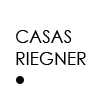
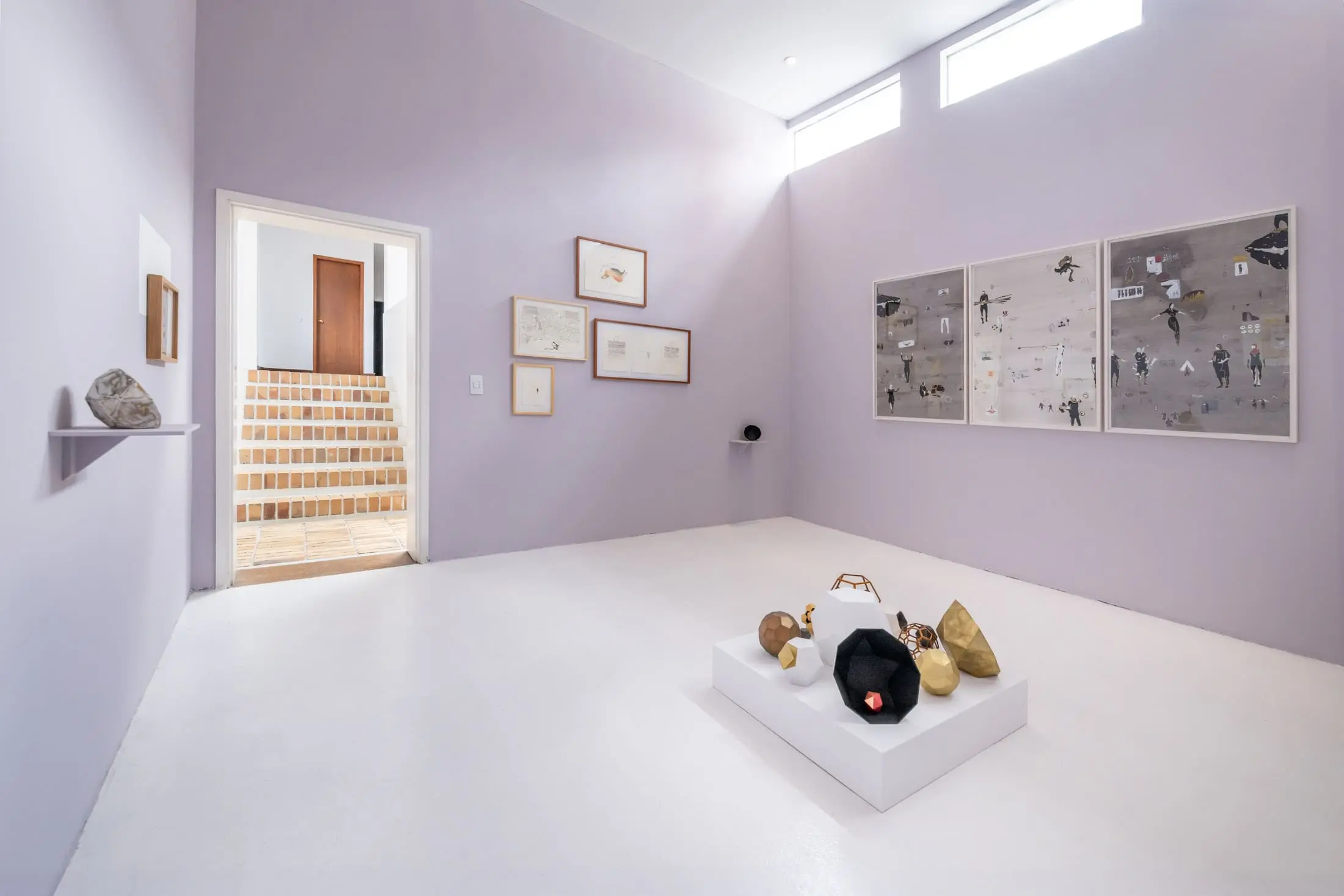
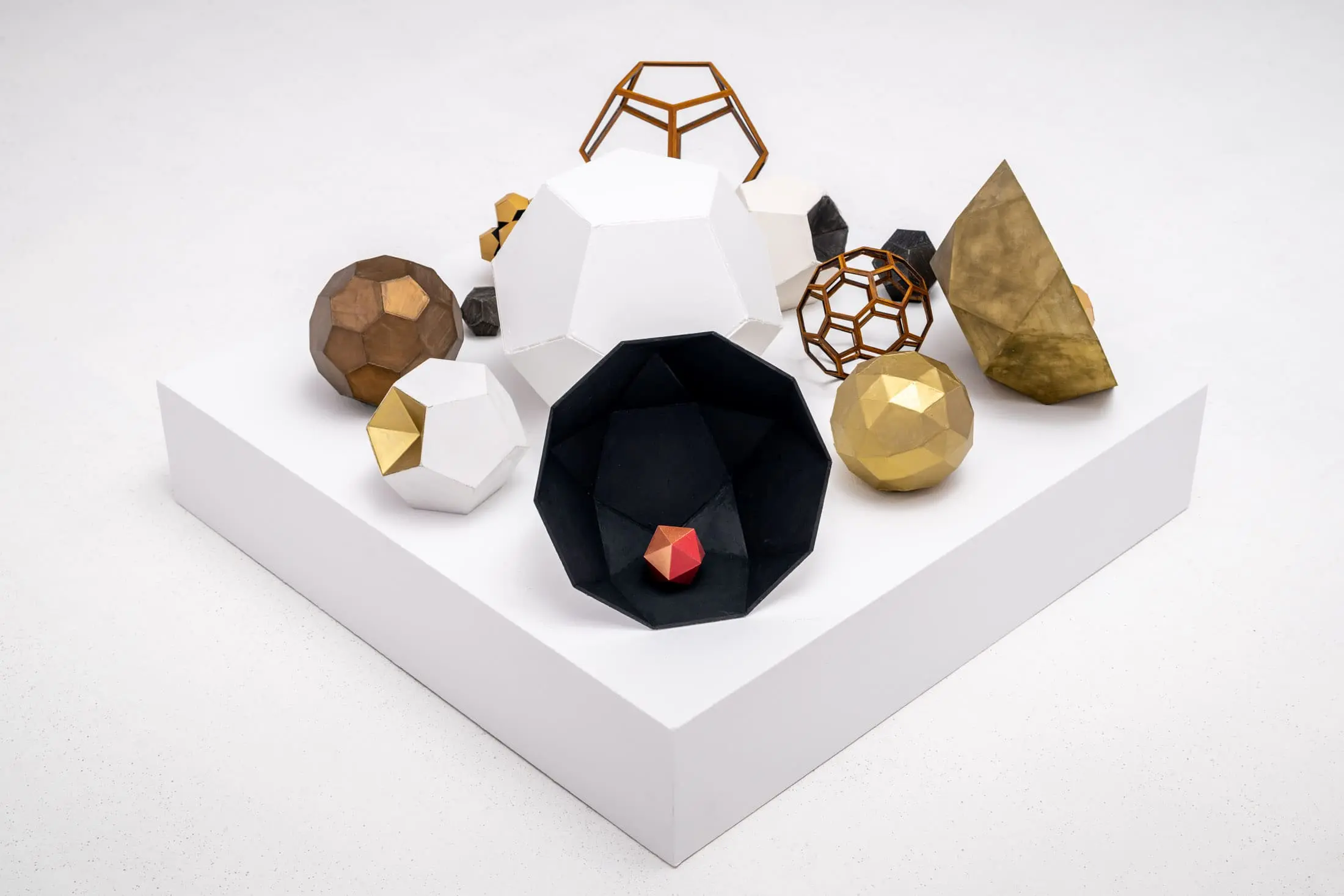
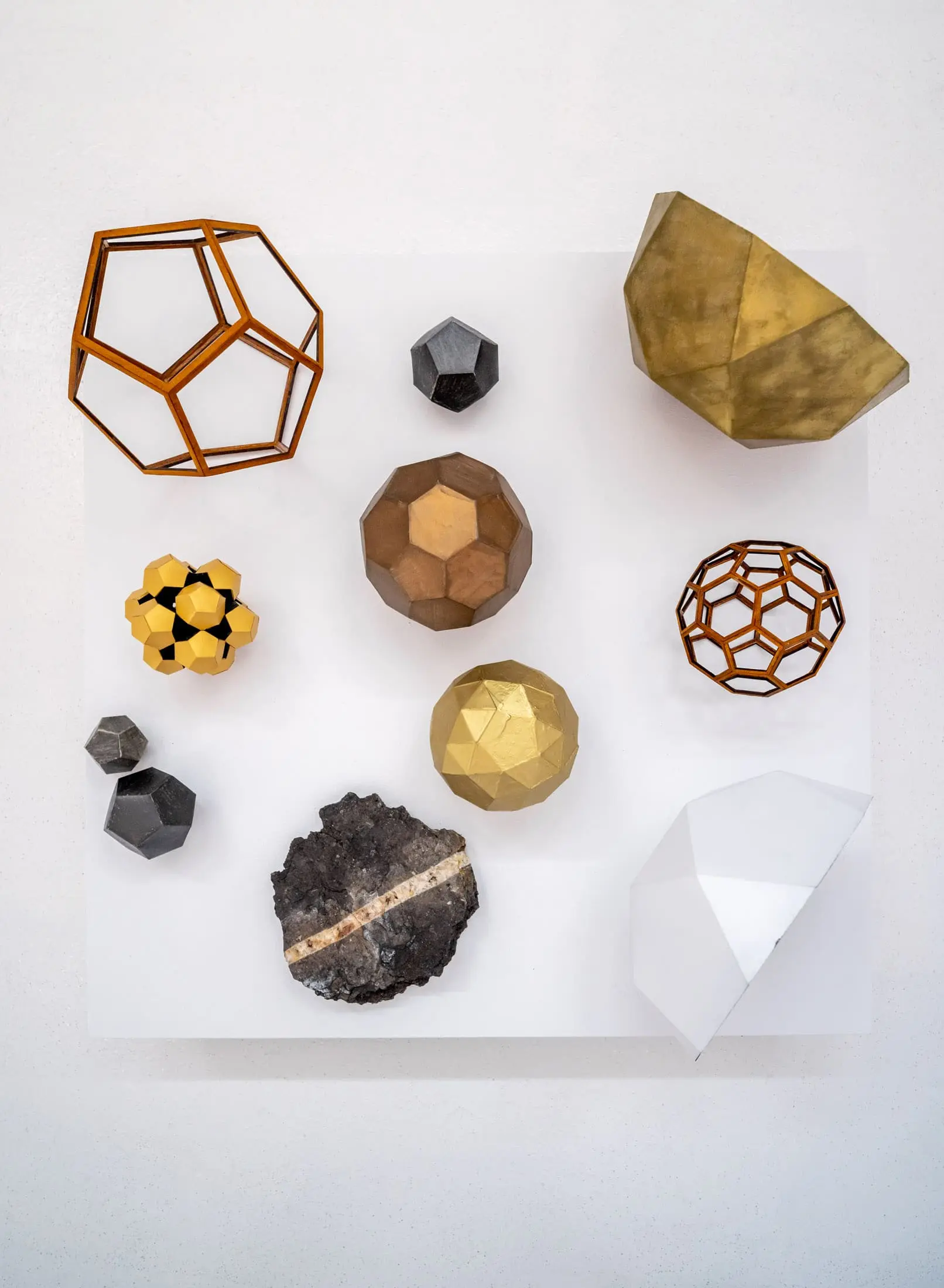
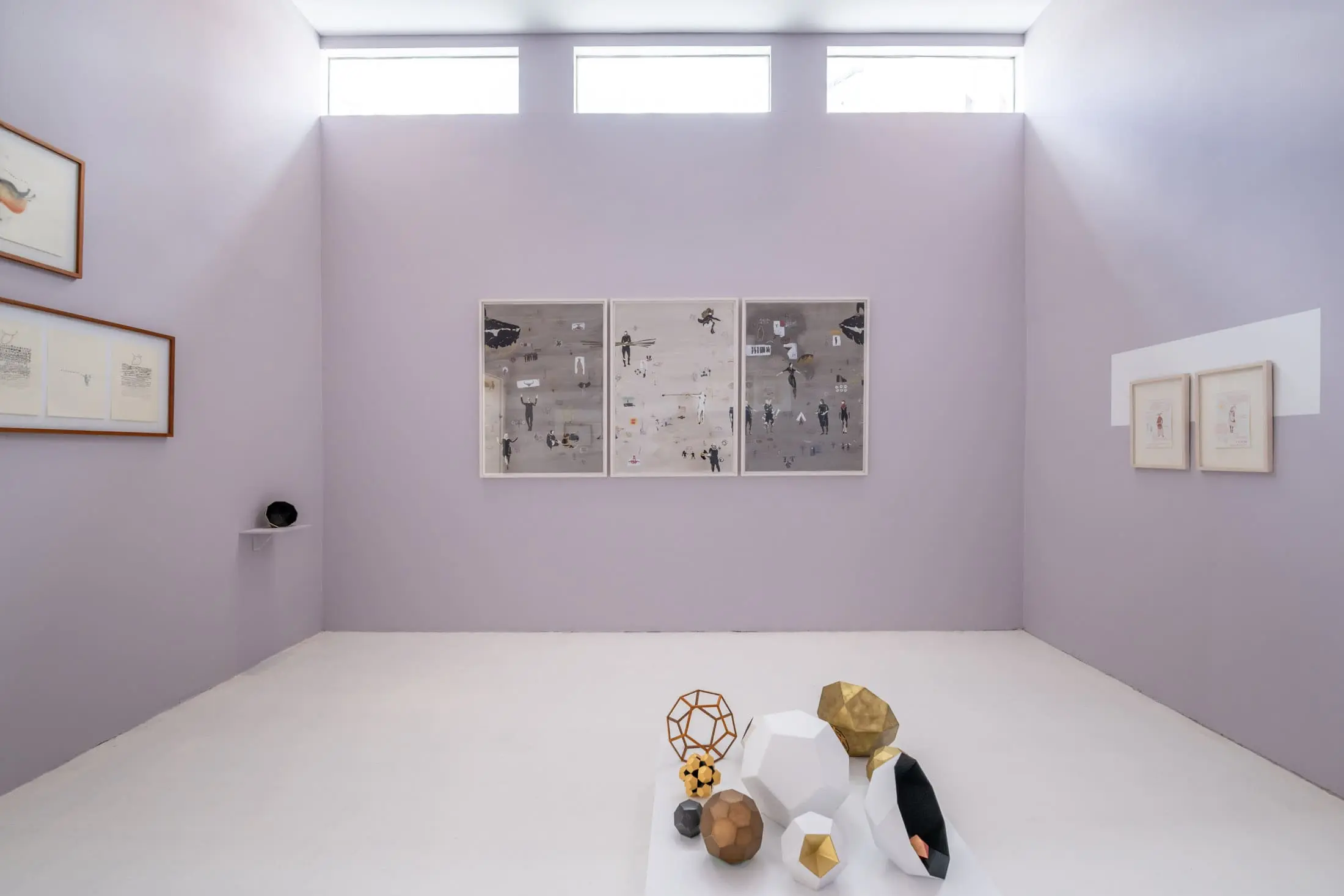
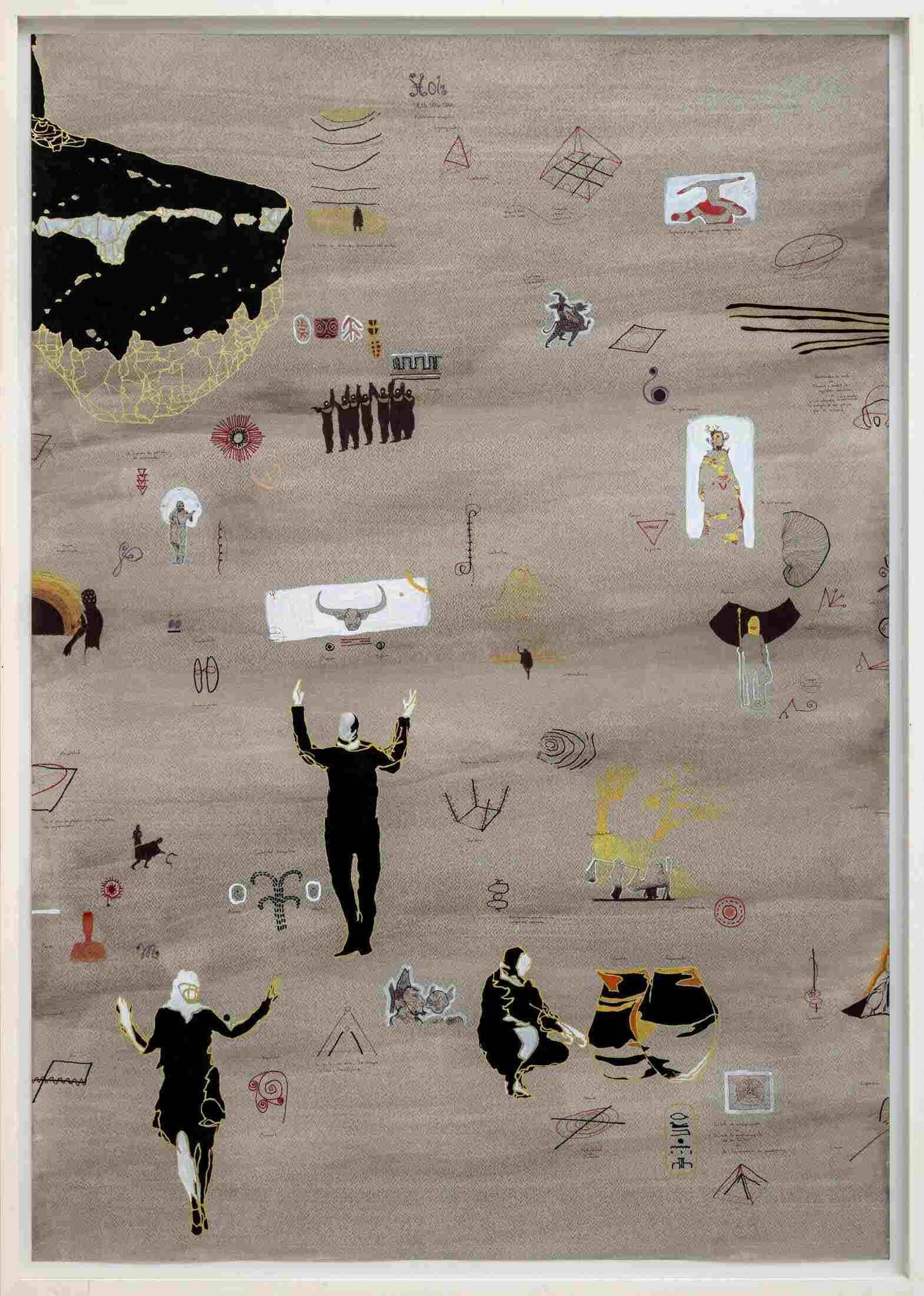
.webp)
.webp)
.webp)
 (1).webp)
 (1).webp)
 (1).webp)
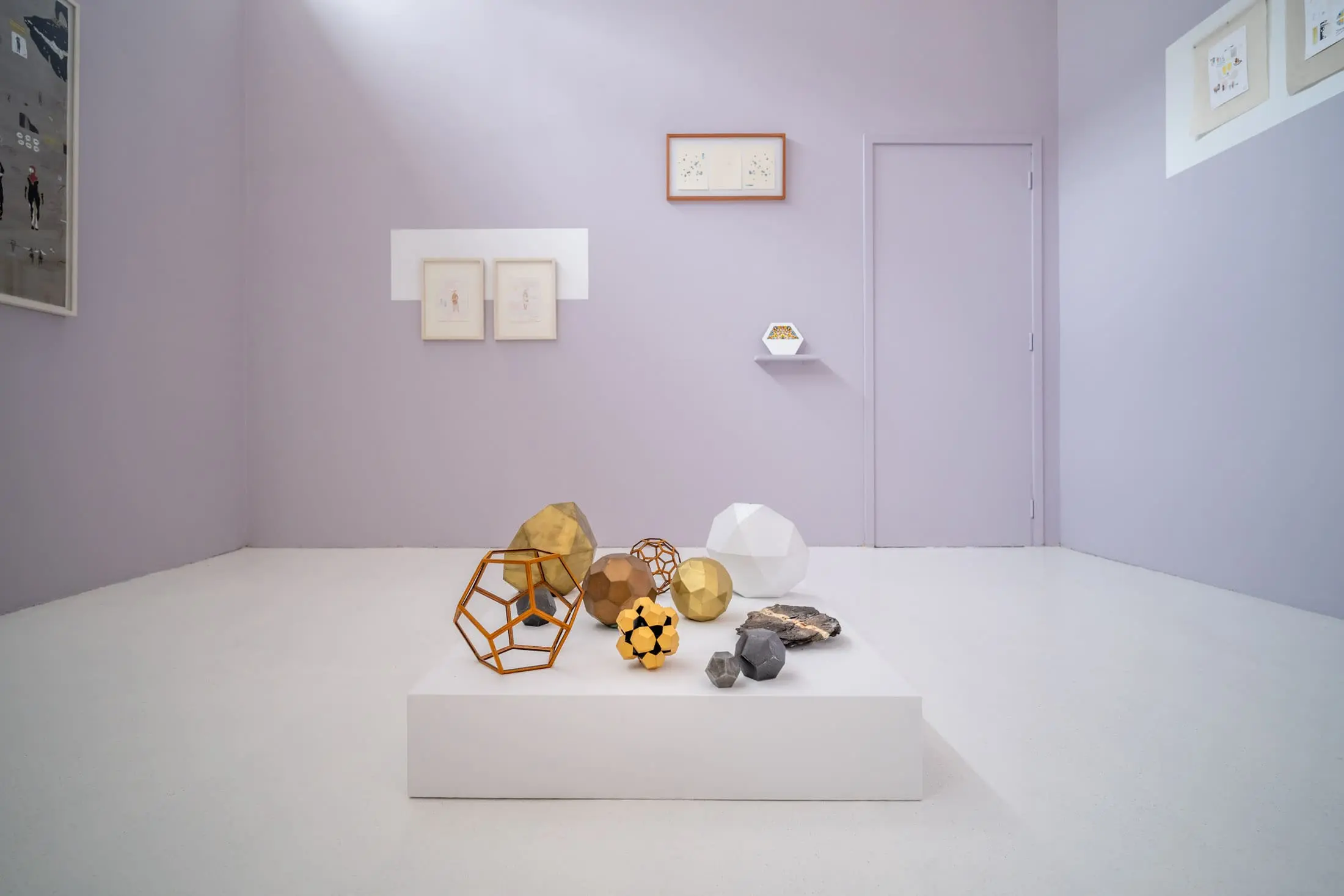
.webp)
.webp)
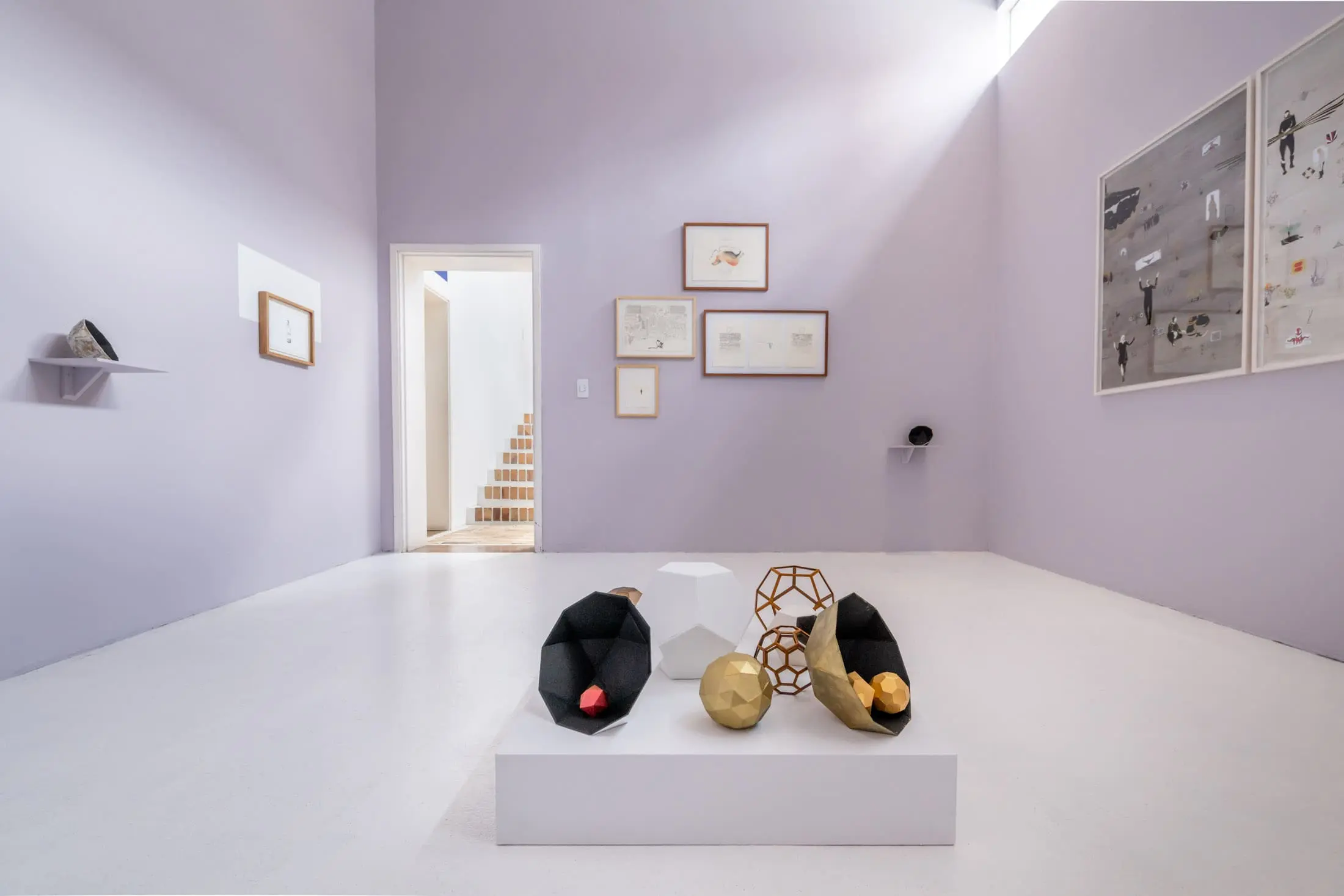
 (1).webp)
